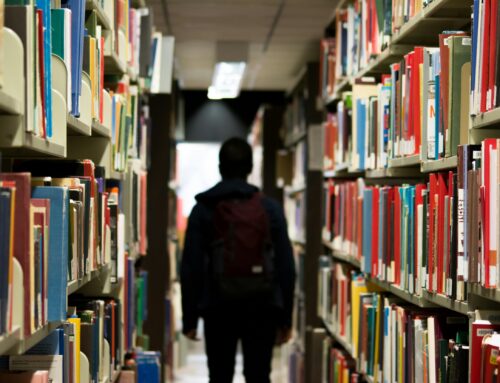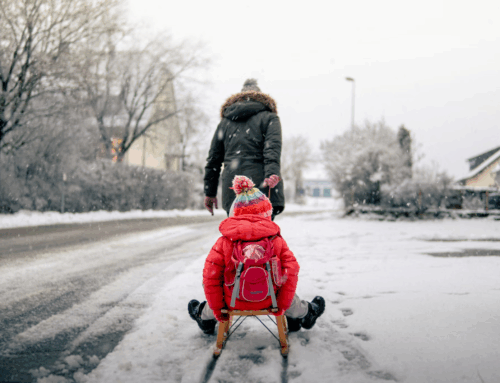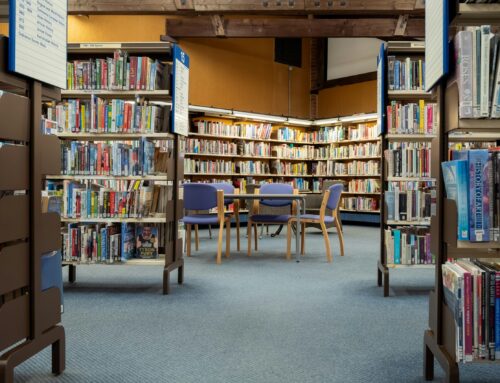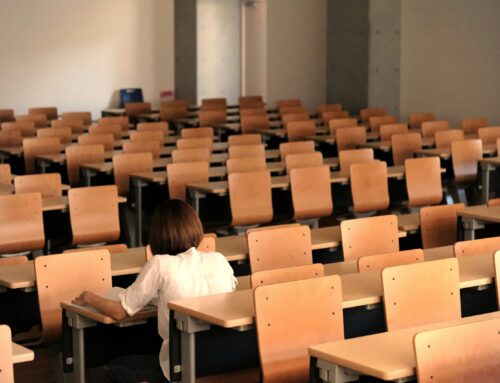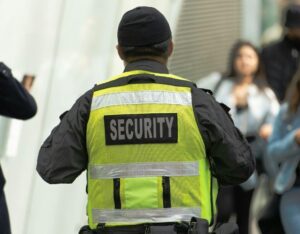 What is Policing in Educational Institutions?
What is Policing in Educational Institutions?
With the presence of violence in educational settings a constant and lurking threat, police in schools have been a common presence across the country, specifically since the 2012 Sandy Hook Elementary school shooting.[1] Massachusetts began the trend across the nation with the passing of the Gun Violence Reduction Act in regard to the shooting, mandating that all school districts assign at least one School Resource Officer (SRO).[2]
The Reality
In nearly 200 recorded instances of school shootings, only twice have SROs stopped the assailant, according to a Washington Post 2018 analysis of school shootings.[3] The effectiveness of SROs in maintaining school safety remains a topic of debate.
Additionally, data from 2015-2016 in Massachusetts shows that while Black and Latinx students made up 27% of the student population, they accounted for 64% of school-related arrests, despite no clear evidence of higher rates of misbehavior among students of color. These patterns raise important questions about the role of SROs in schools and their potential impact on student outcomes. Exploring institutional reforms that promote fairness, and equity could help ensure that all students could succeed in a supportive learning environment.
The school-to-prison pipeline refers to policies and practices in schools that disproportionately push students—particularly those from marginalized communities—into the criminal justice system. This phenomenon is often driven by zero-tolerance discipline policies, increased law enforcement presence in schools, and exclusionary disciplinary measures such as suspensions and expulsions.
Students who are frequently disciplined or arrested for minor infractions, such as disruptive behavior or dress code violations, are more likely to miss class, disengage from school, and ultimately drop out. This increases their likelihood of involvement with the juvenile and criminal justice systems. Research has shown that students of color, students with disabilities, and those from low-income backgrounds are disproportionately affected by these practices, contributing to long-term inequalities in education and incarceration rates.
The Challenges
Efforts to address the school-to-prison pipeline focus on restorative justice practices, positive behavioral interventions, mental health support, and reducing reliance on law enforcement in schools. These approaches aim to create more equitable disciplinary policies that keep students engaged in their education rather than driving them toward the justice system.
The main issue with policing in educational settings in general is the use of court referrals as a disciplinary method. Getting a court referral means that a student becomes a first time offender, then leading to high chances of recidivism, which in turn makes up the fabric of our prison system.[4] Instead of providing the behavioral intervention a student might need, they are sent to the courts which too often don’t consider social, psychiatric, and domestic factors that might contribute to a youth’s underperformance or behavioral issues and simply penalize them.
According to a report from the Citizens for Juvenile Justice, “school hardening,” or the investing of resources by a school into visible security methods that symbolically signify the presence of security in an attempt to alleviate the community, is shown to lack in actually making schools safer.[5] A 2020 study found that “increasing SROs does not increase school safety,”[6] and a review of school gun violence from 2000 to 2018 “failed to find any indication these approaches reduced such firearm violence.”[7] Besides providing disciplinary action (that doesn’t seem to deter students from reoffending), policing in educational settings seems to provide no benefit to the learning experience either.
The Road Ahead
Fixing this process will not be easy. It will take an entire, top to bottom educational reform that addresses multiple aspects of the school environment, disciplinary methods, and even curriculum.[4] At the small scale, school administration can begin by creating safe, positive, and nurturing spaces to bolster student achievement, participation, and success. This begins with gathering data, prioritizing the use of evidence-based curriculums and prevention strategies, and minimizing law enforcement referrals to the Department of Juvenile Justice.[4] A real-life example of a large reform to school policing took place in Los Angeles during February of 2021. The Los Angeles School Board approved a plan to shift $25 million in funding, previously meant for SROs, to the “Black Student Achievement Plan” that added 221 psychiatric social workers, counselors, climate coaches, and restorative justice advisors to their schools.[8] The city of Oakland in California also dismantled their school police force, replacing them instead with a district-wide safely plan utilizing social workers and psychologists rather than police for students experiencing behavioral and mental health crises.[9]
Although there is much work to be done, schools in California and other states that have taken measures to dismantle their SROs prove that it is possible to maintain safety in a learning environment without the need for a police presence.[5] Research has shown that the presence of SROs is not effective in maintaining school safety, and instead have a detrimental effect, especially for students of color. But that does not mean helping students in crisis shouldn’t be an educator’s responsibility. That is why, especially for youth of color, a case-by-case approach should be taken when it comes to addressing a student’s issues that an educator might notice, such as frequent absences or behavioral roadblocks. Addressing such challenges can help ensure that all students receive the appropriate support they need to succeed.
Publishing Solutions Group
The role of policing in educational institutions continues to be a topic of ongoing research and discussion. As a K-12 content development company, we stay informed on the latest trends, data, and reforms related to school safety, student well-being, and disciplinary policies. Understanding how such security measures impact learning environments allows us to create content that equips publishers and teachers with balanced, research-based insights and deliver content that has a positive outcome for all students.
[1] https://www.cfjj.org/policing-in-schools
[2] https://malegislature.gov/laws/sessionlaws/acts/2014/chapter284
[3] https://www.washingtonpost.com/graphics/2018/local/us-school-shootings-history/
[4] https://stoprecidivism.org/recidivism/the-school-to-prison-pipeline/?gad_source=1&gclid=CjwKCAiA5Ka9BhB5EiwA1ZVtvLP0oiunr0smmvGadJBPA3tKiv9LUPjUaauBMWBSHfMjrSw82basFxoC-mUQAvD_BwE
[5]https://static1.squarespace.com/static/58ea378e414fb5fae5ba06c7/t/63c6c199063c123315f369e7/1673970073913/Re-Envisioning+School+Safety+in+Massachusetts+Fact+Sheet.pdf
[6] https://onlinelibrary.wiley.com/doi/10.1111/1745-9133.12512
[7] https://www.bsu.edu/news/press-center/archives/2019/4/study-finds-no-evidence-hardened-schools-are-safer
[9] https://www.kqed.org/arts/13893831/oakland-eliminated-its-school-police-force-so-what-happens-now
Photo by Krzysztof Hepner on Unsplash

